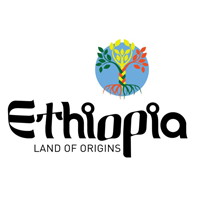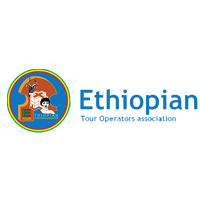Axum
The ancient city of Axum is located in Tigray Region. Its exact geographical location is N14 7 48.684 E38 43 6.996. The massive ruins, dating from between the 1st and the 13th century A.D., include monolithic obelisks, giant stelae, royal tombs and the ruins of ancient castles. Axum and its archeological sites were inscribed in the List of World Heritage Sites by UNESCO in 1980.
Fasil Ghebbi, Gondar Region (1979)
This property included in the list of UNESCO World Heritage Sites in Ethiopia consists of eight component sites. The main site is the Fasil Ghebbi palace compound. Meanwhile, the other seven sites are located within the city of Gondar. These sites include a monastery, church, thermal area, bath, and a palace. Gondar was established as the capital of Ethiopia by King Fasil during the 17th century. By the 18th century, the site was transformed from a camp into a fortified compound.
Hara Jugol, The Fortified Historic Town (2006)
This historic and fortified town is located amidst a plateau with deep gorges. The fortified town is also surrounded by savannah and deserts. The walls that surround this sacred city were built from 13th century and completed by the 16th century. It is also believed to be the holiest city for Islam due to the rich collection of important Islam monuments notably including 82 mosques and 102 shrines. But above all, this town is culturally significant in Ethiopia as it showcases the fusion of Islamic and African traditions in a single town – both in terms of urban development, layout, and overall character of this town.
Konso Cultural Landscape (2011)
This is another cultural site on the list of UNESCO World Heritage Sites in Ethiopia. It is an arid property of stone walled terraces and fortified settlements. This cultural tradition has been around for over 21 generations (over 400 years) in Ethiopia. It is an excellent example of how the settlements and the humans living in the region adapted to the dry and hostile environment in the Konso highlands. Within the site, you will also find wooden statues that were put up to honor key members of the community. In fact, they have innovated the use of stone steles that indicate the passing of important leaders of the community.
Lower Valley Of The Awash (1980)
This site is not only important for Ethiopia but also for the entire African continent. This site holds the largest and most important collection of paleontological sites. The oldest of the remains on the site date back to more than 4 million years ago. This site is the perfect example of human evolution since the conception of humankind history. The biggest discovery on the site took place in 1974 when 52 skeletal fragments allowed the reconstruction of the famous Lucy.
Lower Valley Of The Omo (1980)
This prehistoric site at the lower valley of the Omo is famous all over the world. Several fossil remains were discovered on this site near Lake Turkana. The most notable fossil discovered here is the Homo gracile. It was fundamental in the study of human history and evolution. Included in this site is Fejej and Konso paleontological research sites wherein there are sedimentary deposits found that researchers trace back to the plio-pleistocene period.
Rock Hewn Churches, Lalibela (1978)




